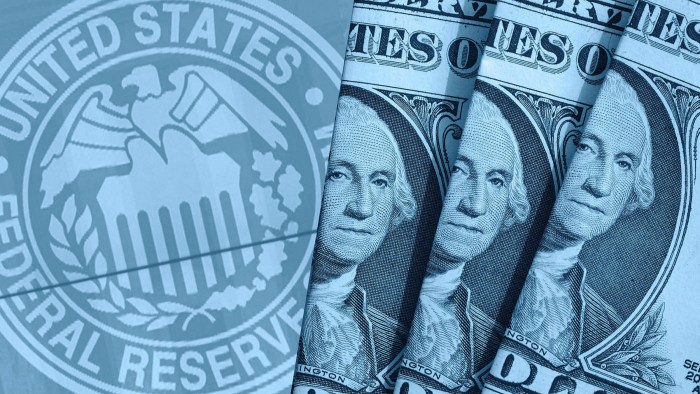Markets will soon pivot to focus on sustainability of recovery

Roula Khalaf, Editor of the FT, selects her favourite stories in this weekly newsletter.
The writer is chief economist of G+ Economics
With economies still reeling from the historic magnitude of the Covid-19 shock, rising borrowing costs will soon mean a pivot in the focus of markets from the speed of a post-pandemic recovery to its sustainability.
For economies to heal from the “long Covid” effects on productivity and living standards, governments need to get smart about targeting sustainable growth now.
Government debt has experienced unprecedented growth in the past year, as fiscal expansion has backstopped entire sectors of major economies that have undergone permanent change and long-term scarring through the pandemic.
Central banks have provided the indispensable channel for this via purchases of government debt with newly printed money, at zero and negative interest rates. Covid-19 has in effect forced major economies into the domain of modern monetary theory, where central bank balance sheets have expanded in lockstep with the surge in government deficits to fund income transfers to large sectors of economies.
But as markets begin to anticipate the end of the pandemic, questions arise about the “new post-pandemic normal” that will emerge from the historic symbiosis of fiscal and monetary policy.
One thing is certain: while vaccines may help us to return to some degree of normal life, they will not turn the clock back on much higher public debt ratios and much higher bond market valuations due to the combined effects of fiscal and monetary action.
A key assurance for both government borrowers and market creditors is that central banks will be reluctant to challenge financial stability and economic recovery by selling their holdings of government debt back into markets or raising policy rates too soon, thus pushing borrowing costs higher.
But as steeper yield curves in the past year have shown, that has not stopped market borrowing costs from rising, and will not prevent further increases.
This rise in bond yields is not fundamentally unjustified. Markets do not need to see the risk of inflation materialise in order to price deflation out of debt market valuations.
The early part of the Covid-19 economic cycle was dictated uniquely by the “liquidity trap” of excess savings created by government transfers and central bank injections while private sector activity was artificially depressed in lockdown. However, the vaccine-managed endgame of the pandemic marks a long-awaited reversal in such dynamics towards higher equilibrium rates.
Put another way, a return to more normal levels of economic activity and pricing power will mean that economies can return to full employment and stable inflation in the future at policy rates that are above zero.
Indeed, US 10-year yields have now returned above 1.7 per cent for the first time since the Covid-19 outbreak became a global pandemic. Further increases are likely given the policy bias towards higher future government deficits and central bank tolerance for inflation above 2 per cent until we return to full employment.
Critically, there’s a limit to how far central banks can forestall a reset in markets to a “new post-pandemic normal”. As aggressive demand-stimulus strategies close output gaps, the level of public debt that central banks can buy — without upending long-term inflation expectations and endangering financial stability — will diminish. This will complicate the job of balancing growth versus debt sustainability in the years ahead.
The only way to ensure sustainable growth, public debt and market stability is to secure an economic recovery long beyond the short and sharp sugar-rush effects of the end of lockdowns. Healing economies from the “long Covid” of structural disrepair will depend not on a “boom-bust” cycle of rescue crisis spending followed by long-term austerity in a climate of financial fragility.
Among the measures needed are targeted efforts to deepen and strengthen capital markets and to expand workforces, via more equal and inclusive hiring and training. Governments need to upgrade national and international supply chains via deregulation and industry regeneration grants. And businesses need development of "new economy" infrastructure, from technology to healthcare to green industries.
This is more than the work of a one-off rescue package. It requires multiyear structural government commitments to repair productive private sector capital and labour market scarring, supporting the vast intersections of society that will feel the economic pain long after pandemic curves have peaked.
Comments